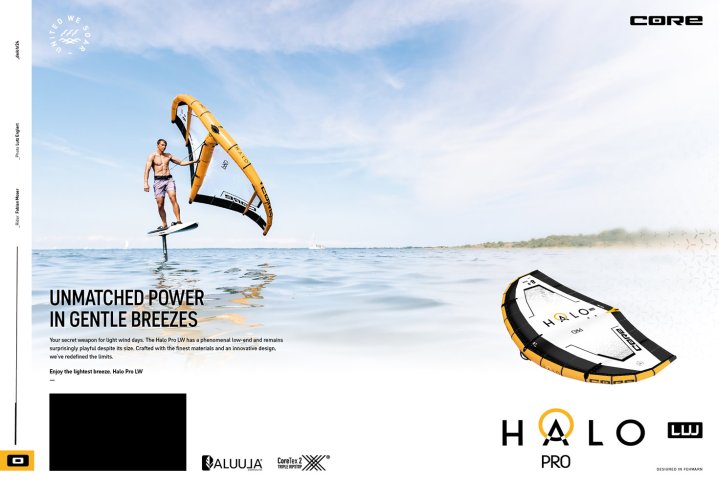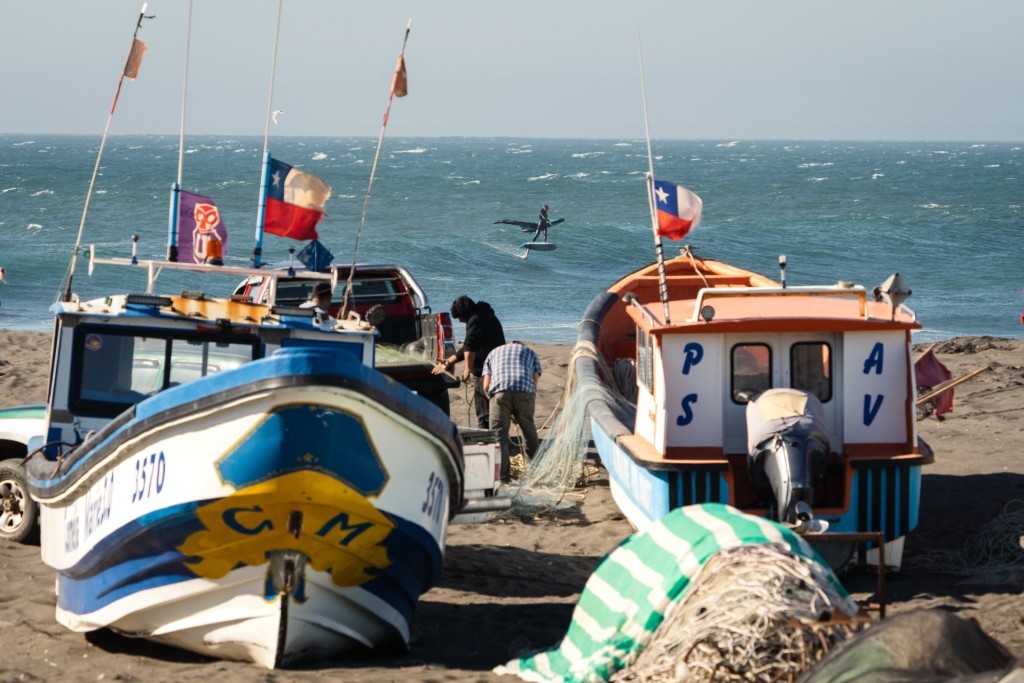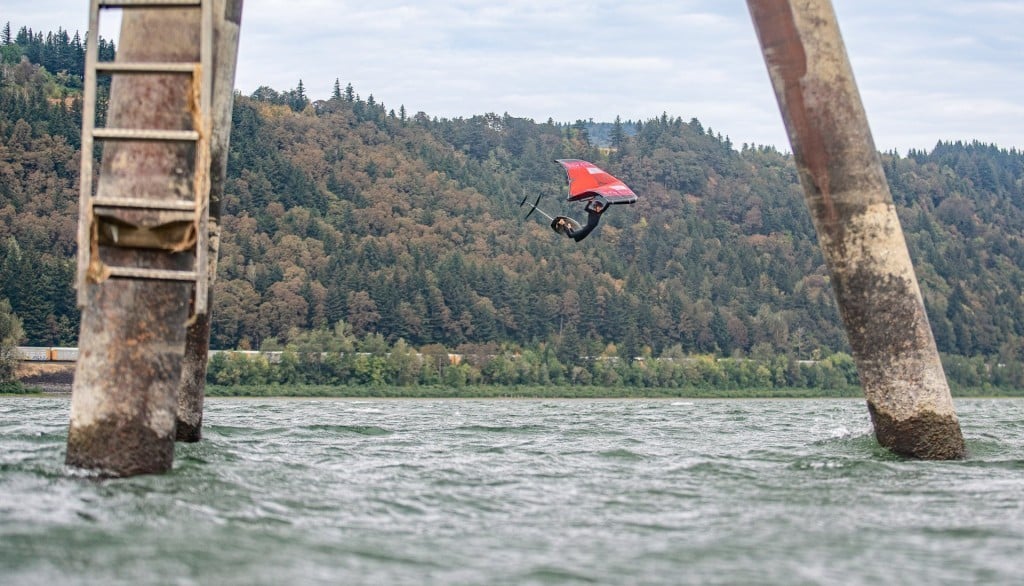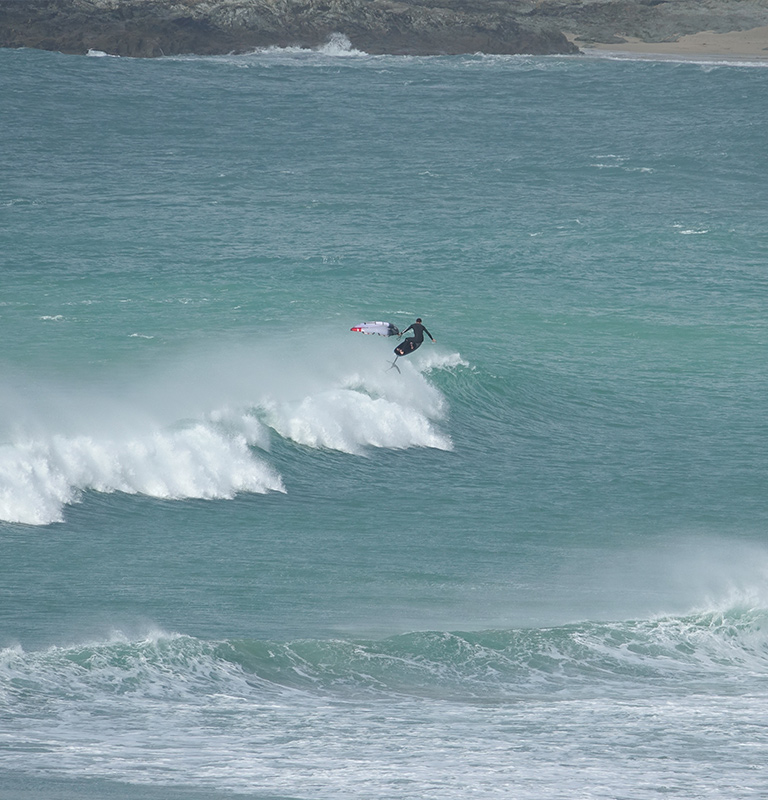Is Wing Foiling Dangerous?
As with any water sport, there are inherent risks involved in wing foiling. However, with proper training, equipment, and safety measures, the risks can be minimized and the sport can be enjoyed safely.
One of the biggest risks in wing foiling is the risk of injury from the equipment itself. The foil, board, and wing can all cause cuts, bruises, and other injuries if not handled properly. It is important to be familiar with the equipment and to use it in a way that minimizes the risk of injury. This may include wearing protective gear like a helmet or wetsuit, and using a leash to keep the board and foil attached to you at all times.
Another potential danger is a collision with other watercraft or objects. Wing foiling typically takes place in open water, and it is often hard to see through the wing, especially if there are no windows. As such it is important to be aware of other boats, swimmers, and hazards like rocks or reefs. Always make regular checks under your wing to see what is below you and also look upwind and around to ensure you are in clear space. To mitigate this risk, it is important to be aware of your surroundings and to give other watercraft plenty of space.
Finally, weather conditions can also be a risk in wing foiling. High winds or waves can make the sport more challenging and increase the risk of injury or collision. It is important to be aware of weather forecasts and to only attempt wing foiling in conditions that are appropriate for your skill level and experience. Waves can be especially difficult to manage, even small ones as they exert a lot of force on the wing and foil when they are in the water. Learning your local spots, and choosing the right one based on your ability will greatly reduce this risk.
Despite these risks, with proper training and safety measures, wing foiling can be enjoyed safely. It is important to take lessons from an experienced instructor and to follow all recommended safety protocols. This may include wearing a personal flotation device, using a helmet and other protective gear, and practising in a designated area that is free of other watercraft and hazards. It is also worth keeping a good level of fitness; you never know when you may need to paddle the board or swim in if the wind drops or your wing leash snaps, for instance.
In addition, choosing the right equipment can also help minimize the risk of injury or equipment failure. It is important to select a board, foil, and wing that are appropriate for your skill level and the conditions in which you will be foiling. High-quality equipment that is well-maintained and regularly inspected can also help ensure that the gear is functioning properly and is less likely to fail.
In summary, like any water sport, wing foiling does come with risks. However, by taking proper safety precautions, working with experienced instructors, and selecting high-quality equipment, these risks can be minimized, and the sport can be enjoyed safely.













